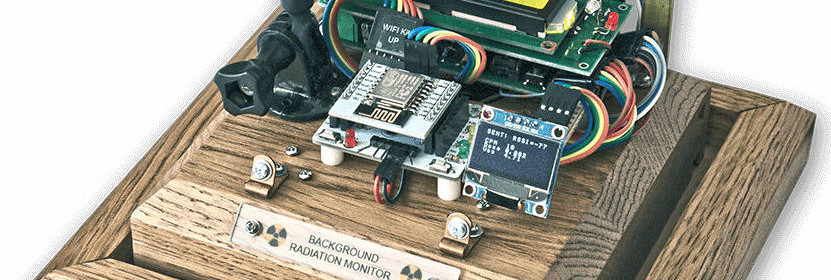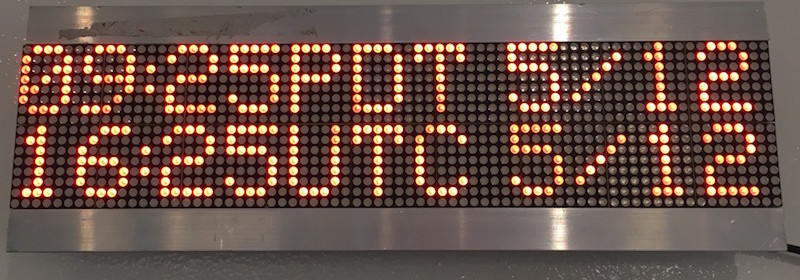IoT enabled background radiation monitoring device

DIY Geiger counter projects are very popular among hobbyists. Geiger counters are used to detect beta particles and gamma rays radioactive emissions.They all use a Geiger-Muller (GM) tube, which is a glass tube filled with an inert gas such as helium, neon, or argon at low pressure, to which a high voltage is applied. The tube becomes conductive of electricity when it is impacted by a high-energy particle or photon. We have seen radiation monitor builds before based on 555 Timer IC and ESP8266. Brett Oliver‘s IoT enabled Radiation Monitor is Arduino-based and WiFi-enabled using ESP8266 and it continuously monitor the surrounding radiation and log the
Read more


